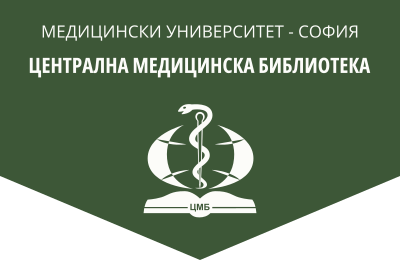Risk factors for complicated course of COVID-19
Medical Review (Med. pregled), 2025, 61(2), 5-13.
P. Krasteva
Emergency Department, Acibadem City Clinic UMHAT Tokuda – Sofia
Abstract. COVID-19 has surprised humanity with its clinical presentation from asymptomatic SARS-CoV-2 carriage, through general malaise and discrete upper respiratory tract complaints, to rapid disease progression with acute respiratory distress syndrome, sepsis, polyorgan failure, and death in unexpectedly large proportions; a long COV- ID-19, unlocking new diseases or progressive worsening of existing chronic diseases. Since the declared end of the pandemic, we are increasingly seeing patients with a variety of complaints and complications that cannot be explained by an alternative diagnosis and we are looking for a proven or suspected survivable infection. The purpose of this article is to summarize the risk factors for increased morbidity, complications, and mortality in COVID-19 based on clinical experience during the pandemic. The risk factors for a complicated course of the disease are determined by demographic (age, gender, ethnicity, comorbidities, etc.), social, epidemiological, political and organizational reasons, complemented by clinical indicators and the results of laboratory and imaging studies. Today, after the end of the pandemic, knowledge of risk factors is necessary to clinically assess the risk in each infected patient and make the right decision for therapeutic management and/or prevention.
Key words: risk factors, COVID-19, complicated course, mortality rate
Address for correspondence: Parvoleta Krasteva, MD, e-mail: etika_k@abv.bg
